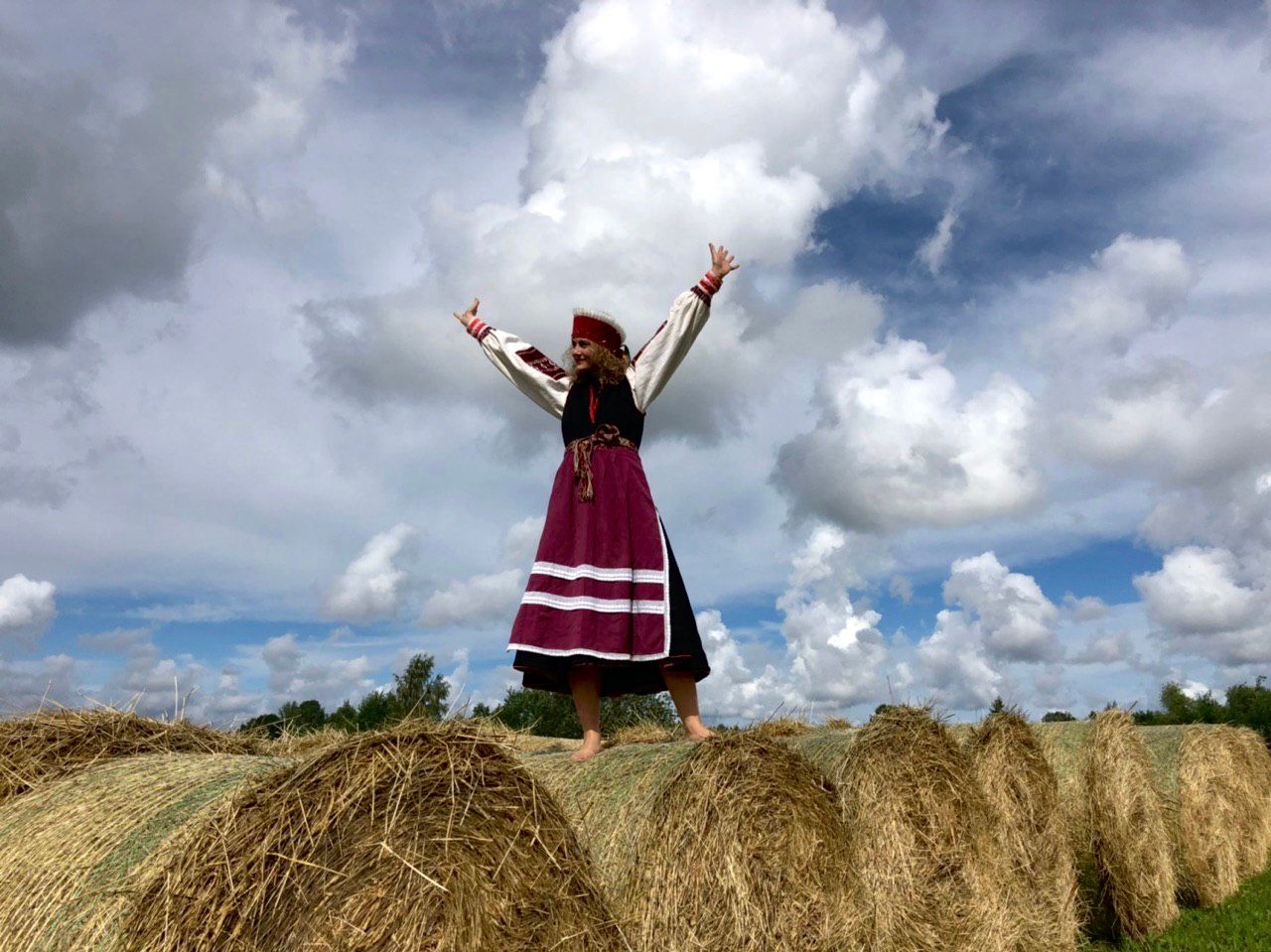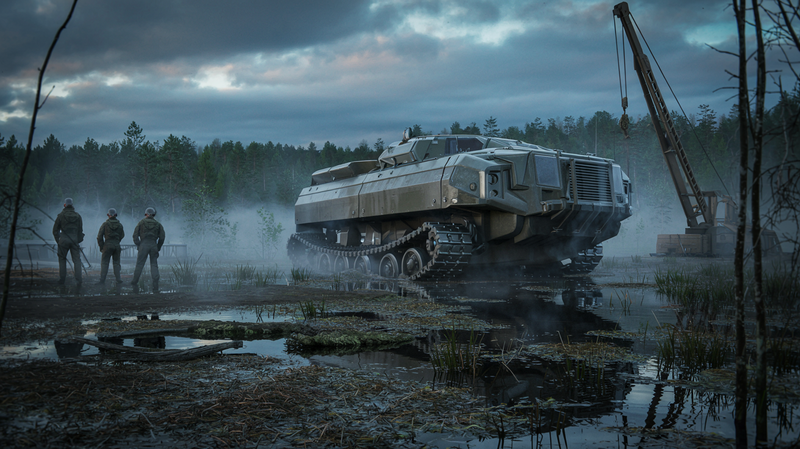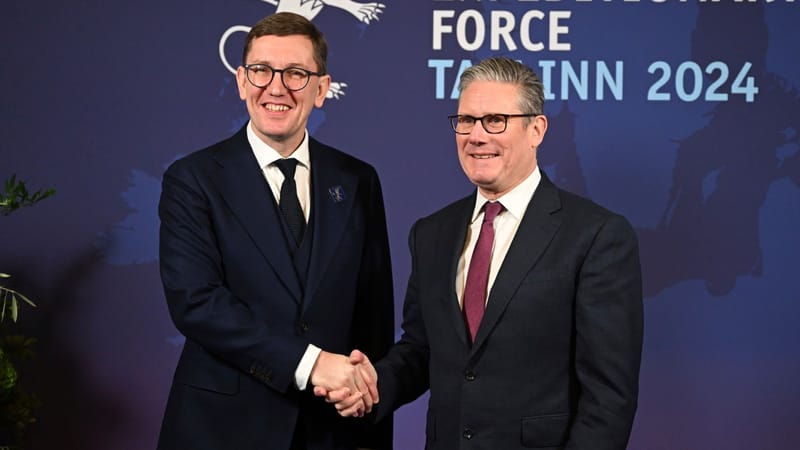Estonia's National Identity Crisis: A Struggle for Uniqueness
Estonia is a nation located in the Baltic region of Northern Europe. After the fall of the Soviet Union, Estonia emerged as a strong economic and political nation. Despite these achievements, Estonia has faced challenges with regards to its national identity. Estonia's rich history of occupation by various

Estonia is a nation located in the Baltic region of Northern Europe. After the fall of the Soviet Union, Estonia emerged as a strong economic and political nation. Despite these achievements, Estonia has faced challenges with regards to its national identity. Estonia's rich history of occupation by various foreign powers has played a significant role in the nation's struggles with its national identity. This article will discuss Estonia's national identity crisis and the factors that contribute to it.
Estonia's history is marked by invasion, war, and occupation. The nation has been invaded and occupied by the Danes, Russians, Germans, and the Soviets. Such events have contributed to Estonia's national identity crisis. For centuries, Estonia has struggled to find its unique identity as a nation.
Estonia regained its independence in 1991 after fifty years of Soviet occupation. The nation has done a lot in the twenty-nine years that followed to build a vibrant economy, political system, and a sense of national self. However, Estonia's experience with the Soviet occupation had a significant impact on the nation's identity. During the Soviet era, the Russians were the ruling power in Estonia, and only Russian was taught in schools. Estonian culture, language, and history were marginalized, and the Russians made every effort to impose their culture upon the Estonians.
The Soviet Union also brought in people from other parts of the Soviet Union to populate Estonia. When the Soviet Union eventually collapsed, the new Estonian government took steps to reverse the damage of the Soviet occupation. This process included changing the education system to reintroduce Estonian culture, language, and history. However, the impact of the Soviet era can still be felt today in Estonia.
One of the main challenges that Estonia faces is the role of the Russian minority in the nation. Estonia has a substantial Russian minority population (approximately 24% of the total population), and these individuals are often viewed as outsiders by the Estonian majority. There is a significant language barrier between the two groups, which causes tensions. The Estonians view the Russians as not Estonian enough, while the Russians view themselves as outsiders in a nation that they often feel does not accept them. These differences in perspective can lead to divisions in Estonian society.
Another critical factor that has contributed to Estonia's national identity crisis is migration. After Estonia regained its independence, many Estonians emigrated in search of better economic opportunities. As a result, the population of Estonia dropped from 1.6 million before World War II to about 1.3 million in the early 1990s. Today, many Estonians continue to emigrate to other European Union countries (EU) in search of better opportunities. As more and more people leave, the sense of community and national identity becomes diluted, making it harder for Estonia to have a cohesive national identity.
Social media is another factor that has contributed to Estonia's national identity crisis. There are concerns that social media is giving rise to an information bubble that is impacting Estonians' thinking and behavior. The proliferation of fake news and propaganda on social media is impacting how Estonians view their nation and the world. The excess of information online can sometimes cause confusion and misinformation, leading to a lack of faith in the nation and its traditional institutions.
Estonia is also facing challenges with regards to globalization. As the world becomes more globalized, Estonia is struggling to maintain its national identity. The influence of foreign cultures, whether from neighboring countries such as Finland and Sweden, or from far-reaching nations like the United States, has contributed to a loss of uniqueness and cultural homogenization in Estonia. With more and more Estonians becoming exposed to other cultures through the internet and social media, the sense of national identity becomes unclear.
Estonia's struggles with its national identity have been ongoing for centuries. Occupation, migration, globalization, and social media have all contributed to this struggle. Despite these challenges, Estonia has made remarkable progress in building a nation with a robust economy, political system, and democratic values. However, Estonians must continue to work on finding their unique national identity while balancing the nation's integration into the EU and globalization. Estonians need to work together with the Russian minority population to help integrate them into the nation's cultural identity.
Finally, Estonians must continue to strengthen the education system to reinforce national identity and eliminate language barriers. Only by doing so can Estonia create a strong and cohesive national identity that will guide the nation through the challenges of the future.




